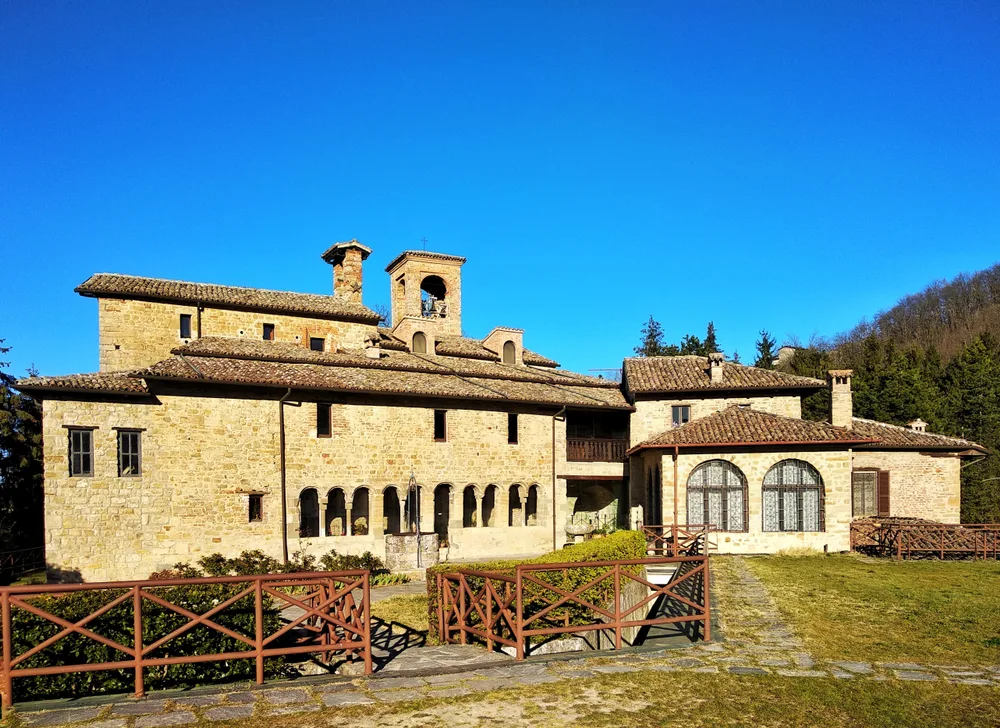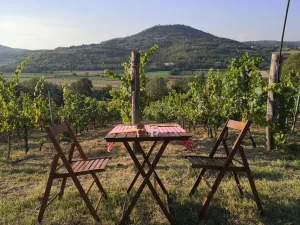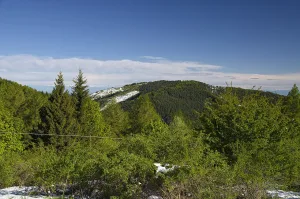The Sanctuary of Sant'Alberto di Butrio, a place of great historical and religious interest, is situated on a hill surrounded by woods in the area of Ponte Nizza (https://www.eremosantalbertodonorione.it/). A place that promises peace and tranquillity. Situated at an altitude of 687 metres on a spur, it is also a refuge from the sultriness of the plain.
It is the ideal destination for a summer holiday that combines art, culture and spirituality.
Founded in the 11th century by Alberto at the behest of the Malaspina family, the future saint was soon joined by other brothers under the rule of Saint Benedict. The hermitage grew rapidly and became a very important religious centre in the area of Oltrepò Pavese.
It still preserves the small cloister, the fountain, a tower that is all that remains of the walls and three small churches that are connected to each other. The oldest, built by Sant'Alberto himself, is dedicated to Santa Maria. The church dedicated to the saint is one of the most striking parts of the building. It dates from the 12th century, has a single nave with a barrel vault and preserves some traces of medieval frescoes. Finally, the church of Sant'Antonio, with frescoes dating from the late 15th century.
Today the hermitage is still a place of great devotion, thanks to the presence of the "orionini" monks.
The blind monk
Cesare Pisano, known as Brother Ave Maria, lived in the hermitage from 1923 to 1964. He became blind at the age of 12 and, after years of crisis, embarked on a spiritual journey that led him to St Albert of Butrio. His reputation for holiness grew, as did the number of people who flocked to hear his word. Some witnesses also reported ecstasy, levitation and premonitions.
Metting Pier Paolo Pasolini
One day in 1963, Pier Paolo Pasolini arrived at the hermitage of Sant'Alberto di Butrio. He wanted to meet Frante Ave Maria. At the end of the interview he exclaims: "What a place! What a man! What an extraordinary interview! According to some sources, the monk was to give the director a kind of advice on how to portray the figure of Christ in the film "The Gospel of St Matthew".
A king on the run
The hermitage of St. Albert of Butrio has hosted illustrious figures, both clerical and lay. It is said that it was here that the English king Edward II, fleeing from his lands, found refuge first in the castle of Melazzo, near Acqui Terme, and then in Oltrepò Pavese. The inhabitants of the Staffora valley have always told of the presence of a king in the hermitage. What is certain is that in Butrio there is a stone tomb with an elegant Norman arch, which undoubtedly belonged to an important person. Edward II was very religious and disliked court life, preferring to spend time meditating on the commentaries.
The bell of Martinella
The bell of the Carroccio, with its lobed cross, donated by the Milanese bishop Ariberto d'Intimiano to the army of the Lombard League as a symbol of the Lombard League's call to bravery, unity and faith, is located in the bell tower of the Abbey of St. Albert in Butrio. During the battle of Legnano between the Lombard League and the Emperor Barbarossa, the bell of Martinella rang out the "Company of Death". The bell weighs 200 kilos, is 47 centimetres high and has a circumference of about one and a half metres.













